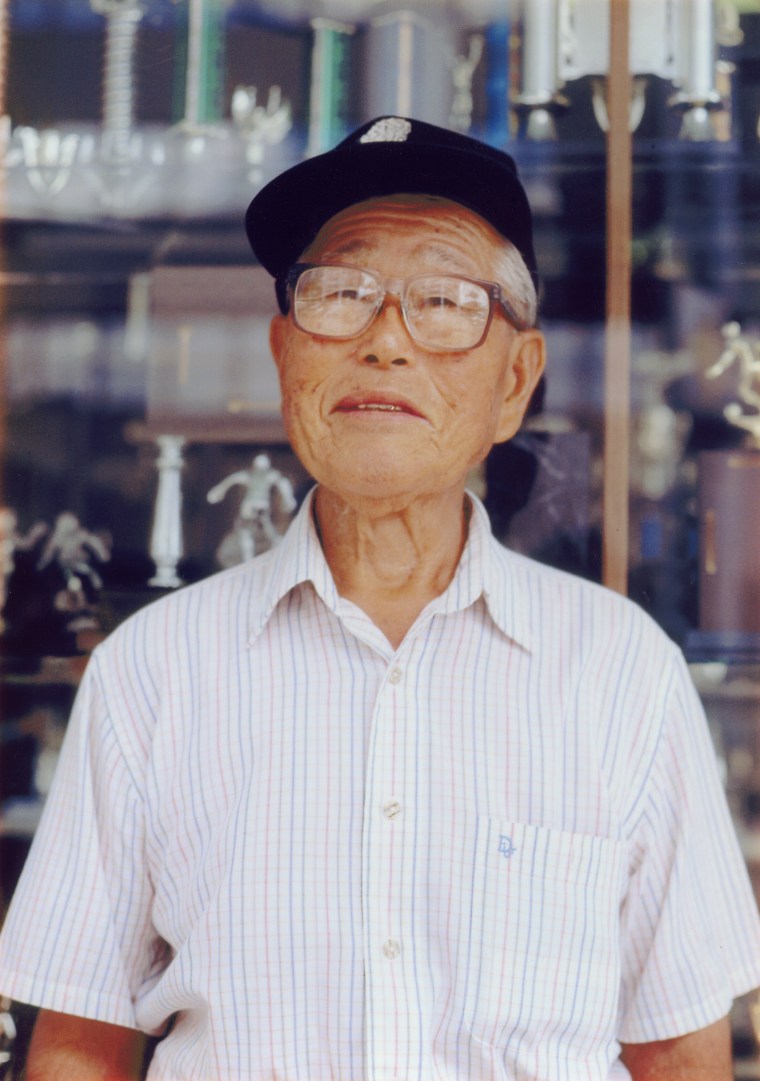If you see just one home movie portrait of a Japanese American grandfather in Hawai’i this year…
Kimi Takesue’s film 95 and 6 to Go, 11 years in the making and shot over a 6-year period, follows her grandfather Tom Takesue in his day-to-day life – eating, dancing, reminiscing, setting off fireworks, collecting coupons for bra wallets, and giving his granddaughter creative advice on her fiction film screenplay.
In the banal, quotidian events of his life in front of the camera, as well as Kimi’s life behind it, we witness the moments in life that pass without much notice, or in French writer Georges Perec’s words, ‘what happens when nothing happens, what passes when nothing passes, except time, people, cars and clouds’. In the film, the passing of time, as well as people, confronts the viewer in ways that are as abrupt and matter-of-fact as in real life. Ambitions and creative projects stall as life moves on around the film’s subjects, indifferent, vast and unforgiving like the North Pacific Ocean around them.
Shots of deep blue waters and beaches bookend the film and also feature throughout, tempting one to get carried away with the symbolism of liminal spaces, life, death, and even ideas specific to Japan – a country which often uses images of the sea in its art. In The homelessness of style and the problems of studying Miike Takashi, Aaron Gerow argues that ‘despite the spread of globalism, many contemporary Japanese directors, from Kitano to Aoyama, from Zeze to Kurosawa Kiyoshi, have presented Japan as a closed society from which it is impossible to escape (which is why beaches and other borderline spaces are so important in recent cinema)’.
Tom Takesue’s Japanese identity remains strong despite him having lived in Honolulu for more than 90 years. The islands in this case could be interchangeable, and the waters just as significant. He is isolated, but not by choice, and the film gives the viewer a rare opportunity to observe the complexities of the culture of the Japanese Americans in Hawaii – something that is largely undocumented in comparison to historical events relating to World War II, the internment and their service in the 442nd Division. A film like 95 and 6 to Go immerses the viewer in the everyday existence of a ‘generation of Japanese American citizens who came of age during the Great Depression, survived the war years, worked diligently, raised families, and served as an economic and moral backbone to life in Hawai’i”.

Tom’s creative ideas, his television viewing, his hospital meal of macaroni, ground meat and squash, and his interactions with his granddaughter are all documented in a series of home movies, recording common events but helping to create a new history in the process. As film archivist and home-movie collector Rick Prelinger said in a recent interview, ‘there’s a density in the way home movies portray ordinary activities that makes them much more than ordinary records’. He argues that they combine to tell the story of our time, making the story of our century a ‘composite story made from identical events shown slightly differently’. Kimi Takesue’s film is part of this narrative, and as with many home movies, is shot out of love for the subject.